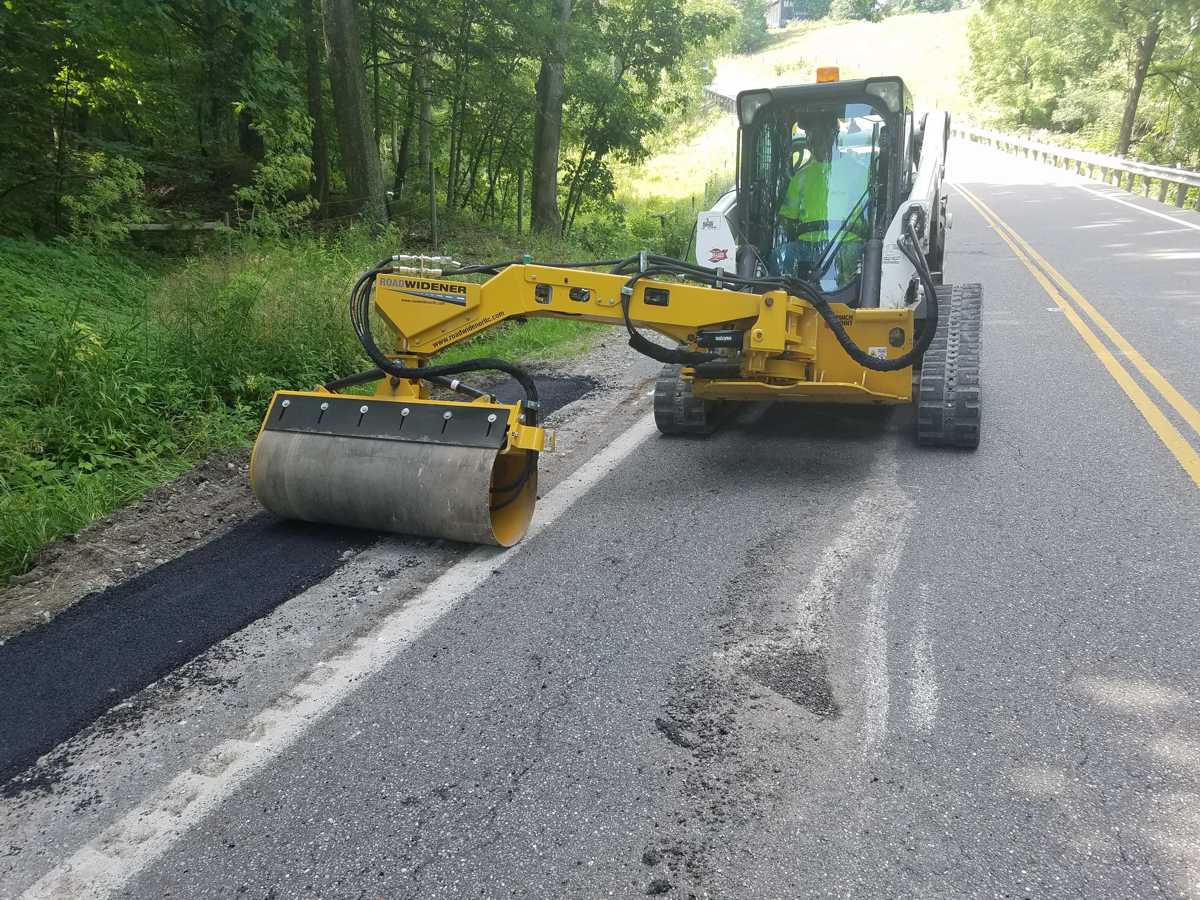Pittsburgh’s green revolution could be accelerated with Digital Twin technology
Once the powerhouse of America’s industrial revolution, local Pittsburgh green building agencies and NGO authorities are exploring the use of Digital Twin technology to accelerate the adoption green building retrofit strategies across the city.
Central to this initiative is the Pittsburgh 2030 District, part of an internationally recognized network of cities, but driven locally by Pittsburgh’s long-standing Green Building Alliance (est. 1993).
Pittsburgh leads all 22 international 2030 Districts through 86 million sq ft² (across 550+ buildings) committed to its mission, which supports building owners and managers towards 50% reductions in energy use, water consumption, and transportation emissions by 2030, while improving indoor air quality.
Pittsburgh 2030 District has collectively saved $205.8m in energy and water costs since co-founding the 2030 District movement in 2012 and was the first 2030 District to collect and analyse indoor air quality data.
It is now planning a new summit meeting on 19th October of the Pittsburgh 2030 District partners.
The District drives market transformation by regularly bringing together leading organizations in Pittsburgh’s high growth industries, creating previously unseen collaboration between sectors like healthcare, hospitality, higher education, and technology.
In 2020 alone, the Pittsburgh 2030 District reduced energy use 28.9% below the baseline, avoided 304,132 metric tons of CO2 and cut water usage by a 42% (compared to 19.8% in 2019).
Next week’s summit is being sponsored by Digital Twin pioneer Cityzenith. Digital Twins are virtual replicas of buildings, infrastructure, and physical assets, fully interconnected with the data in and around them to optimize project performance and help predict and visualize future outcomes.
Cityzenith’s SmartWorldOS software works across multiple functions including maintenance, energy consumption, space utilization, waste management, transport infrastructure, and traffic management by aggregating and analysing information needed to design, build, and run projects at any scale.
An Ernst and Young report confirmed that Digital Twins help commercial property and infrastructure owners reduce operating costs by a massive 35%, improve productivity by 20% and cut emissions by 50-100%.
Furthermore, ABIresearch tech intelligence suggests city planners and building asset owners are set to save an astonishing $280bn through Digital Twin technology by 2030.
And the World Economic Forum (WEF) has not only recognised the importance of urban Digital Twins’ impact on carbon emissions, plus the vast economic upsides for building asset owners and infrastructure, but also announced Cityzenith as the official WEF Digital Twin Partner and one of the organization’s ‘ Top 100 Global Innovators’.
Michael Jansen, CEO and Founder of Cityzenith responded: “We are honoured to sponsor this important Pittsburgh 2030 District event. Cities consume 78% of the world’s energy and most of that comes from buildings. SmartWorldOS can be a crucial tool in finding new ways to retrofit buildings to achieve net zero goals for a little to no cost to the building owner, at scale.
“Our mission is to automate and optimize the green building retrofit process from design through execution using SmartWorldOS’s extraordinary capabilities, providing building owners a clear path to net zero emissions for little to no money down.”















